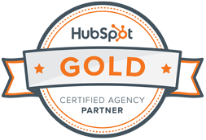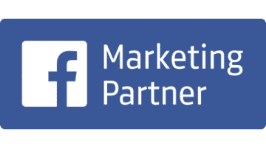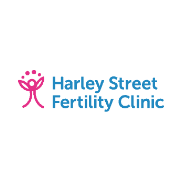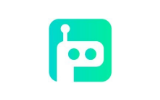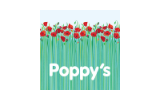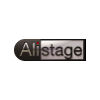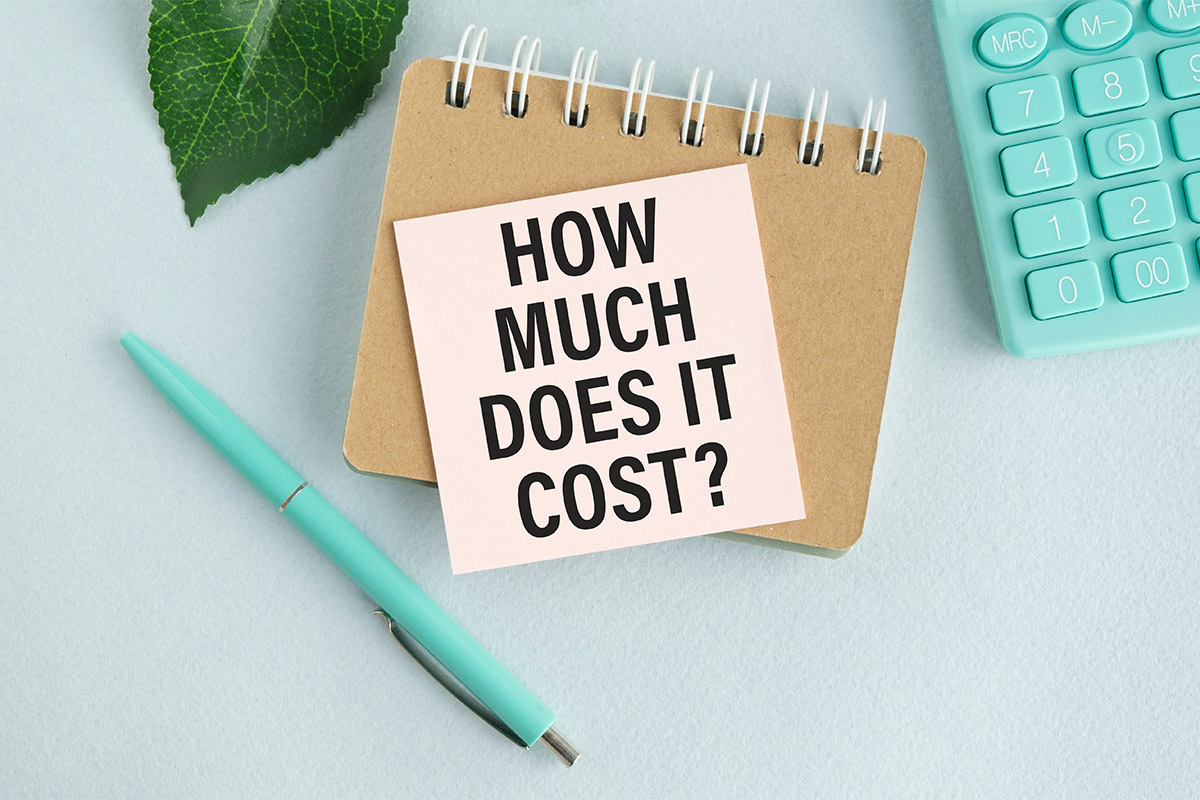Our expert SEO agency
Looking for a search engine optimisation agency that will increase your visibility, maximise your ROI and boost your bottom line?
Our sustainable, data-driven SEO campaigns generate high-quality organic traffic and convert website visitors into profitable clients and customers. If you’re ready to grow your business, give our leading SEO consultants a call to discuss your requirements.
Get in Touch_
A leading SEO agency that does more than just increase your traffic
Discover the true potential of your business with powerful SEO marketing campaigns from The Brains. With decades of combined digital marketing experience, our SEO consultants have the knowledge, tools and technologies to drive higher search engine rankings and maximise your online visibility.
We’re proud to be an award-winning SEO agency, specialising in creating dynamic, scalable strategies that do more than just increase your traffic. Our team of Google algorithm experts and technical SEO whizzes have a proven track record in boosting revenue and improving ROI for a wide variety of clients. From B2B and SaaS firms to international ecommerce companies and healthcare providers, we can help almost any business improve audience targeting, generate high-value traffic, and turn website visitors into clients.

Request an SEO consultation
with a search marketing expert
If you’re looking to master the Google algorithm and gain more visibility for your company, our London-based search engine optimisation agency can provide you with flexible support.
Arrange a time to speak with our specialists for free:.
- Actionable advice from industry leading experts
- Recommendations to help you grow faster
- Joined up thinking & multichannel options
- Definitive predictions based on clear strategies
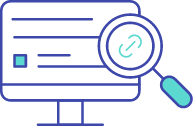
How can our SEO agency boost your ROI?
Search engine optimisation agencies shouldn’t just focus on keywords and rankings. In many cases, opportunities like technical SEO fixes and local optimisation can have an incredibly powerful impact.
As a full service agency, our clients’ marketing campaigns are always backed by real, multichannel data and designed with their key growth goals in mind. We assess your current SEO infrastructure and help you hone in on the optimisations that will make a noticeable difference.
Here’s how can can help you:
Conducting a thorough website SEO audit
Analysing your target audiences and competition, conducting keyword research and gathering market insights to define the right approach.
Planning campaigns with your target audience in mind
Crafting persona-specific SEO content and bespoke digital PR strategies to generate valuable leads and increase sales.
Link building & digital PR
Setting strategies with the right blend of ROI-driven content strategy, technical SEO services, digital PR and link building services.
We pride ourselves in offering flexible, bespoke digital marketing services and empowering businesses to understand the methodology behind SEO itself.
Request a free consultation with our SEO agency experts today, and discover how you can harness the power of digital media with comprehensive SEO strategies.
SEO agency solutions from The Brains
SEO consultancy
Our flexible, consultative approach allows us to empower your internal teams to understand and take back control of your search engine optimisation strategies.
Technical SEO
Our technical SEO experts identify all the intricate, technical issues with your website and enhance it to boost its authority, drive more traffic and see better results.
Link building & digital PR
With high-quality links, and powerful PR campaigns, you’ll see boosted domain authority and better brand awareness.
Local SEO
Our local SEO experts identify ways for you to reach and convert customers via Google My Business & local search.
International SEO
If your company operates in multiple geographies, our international SEO experts can help you increase traffic abroad.
SEO Copywriting
Our SEO copywriters craft engaging, optimised, conversion-driving content across our wide range of clients at our SEO agency.
By putting your ideal customer at the heart of your SEO campaign strategy, you can generate serious demand for your services. What sets our SEO agency apart is that we dig deep into your data, identify your best opportunities for growth and apply those insights, for optimum results.

LARRY & JONATHAN
Co-Founders, The Brains agency
SEO agency case studies
Behind every case study lies a blend of technical expertise, data-driven analysis, and creative problem-solving. At The Brains, we take pride in our ability to tailor our SEO strategies to the unique needs and goals of each client, resulting in long-term sustainable growth and increased return on investment.
Discover firsthand how our search engine optimisation agency has transformed businesses, catapulting them to the top of search engine rankings and driving significant organic traffic growth!
Search engine optimisation clients
We’re proud to partner with many leading B2B, healthcare, ecommerce & SaaS companies. Here is a selection of businesses we’ve supported with their SEO and digital marketing efforts.
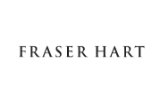
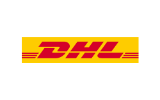

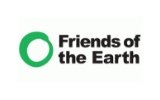


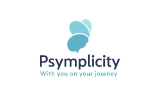
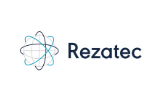


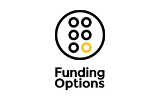

What our clients say about us
When our competitors started taking market share we wanted a more active marketing strategy. The Brains helped us find affordable and effective ways to generate leads. They got us a better return on investment and showed us clearly what our campaigns were doing. It’s nice to be able to see the results coming from these highly successful campaigns.
The Brains was exceptionally helpful with improving and tracking our web and app traffic. Their expertise with social media marketing has enabled us to set up efficient Facebook campaigns within different geographies and demographics, which are doing a very impressive job attracting and obtaining new users.
Lorem ipsum dolor sit amet, consectetur adipiscing elit, sed do eiusmod tempor incididunt ut labore et dolore magna aliqua. Bibendum est ultricies integer quis. Iaculis urna id volutpat lacus laoreet. Mauris vitae ultricies leo integer malesuada. Ac odio tempor orci dapibus ultrices in. Egestas diam in arcu cursus euismod. Dictum fusce ut placerat orci nulla. Tincidunt ornare massa
Audience-first SEO campaigns that boost ROI
Search engine optimisation at The Brains: How it works
At The Brains, our SEO experts use search engine optimisation to drive unique visitors to your website and improve ROI, helping you grow faster. We follow a simple three step process when setting up top performing SEO campaigns:
Digging into your data & defining the right approach
Every SEO client receives a full strategy review from our senior search engine optimisation consultants and strategists. We dig into your target audience insights, conduct extensive keyword research, and gather industry information and competitor data, during a series of consultative workshops. This helps us define the ideal approach to get you to the top of Google and improve your website authority, by tapping into highly-targeted audience data.
Setting an audience-first SEO strategy
We craft the perfect SEO strategy to convert your audiences, based on expertise, insights and detailed analysis. Your SEO strategy will be designed to deliver optimum ROI, and include:
- Powerful, persona-driven SEO content campaigns that attract & convert your ideal audiences
- Highly targeted digital PR plans, featuring influencer marketing, that boost awareness and generate traffic
- Expert conversion rate optimisation (CRO) and technical SEO optimisation of your website
Partnering with The Brains as your dedicated SEO agency gives you the reassurance that your campaigns won’t just drive traffic - they’ll drive sales and revenue too.
Maximising SEO campaign performance over time
With our leading SEO agency, you’ll be sure to see consistently unbeatable ROI. We continually tweak and optimise your SEO strategies to deliver even better results month after month, producing fresh content, building powerful links and digital PR campaigns, and ensuring your website performs perfectly.
As a full-service London SEO agency, we know how to raise your profile across channels, build up your following and add to your bottom line.
Quick tip: Bolting on a social media marketing package to complement your SEO package can help boost results even further.
Ready to grow faster & boost ROI?
Let’s chat SEO:
SEO consultancy services
Our SEO consultancy services are designed to help you increase revenue, boost ROI and improve Google rankings – while also building on your own understanding of SEO and its power to propel your business to new heights.
From consulting on existing SEO campaigns to training up internal SEO teams or supporting during a staffing change, our flexible SEO consultancy services can be adapted to suit your needs.
Call us to speak about your SEO consultancy goals: 0330 470 1961.

Brainy Marketing Academy:
Ready to learn SEO? ? Browse our Brainy SEO training guides!
Latest SEO blog posts
FAQs about our SEO agency, how we work and what we do
Frequently asked questions
What is search engine optimisation (SEO)?
Search engine optimisation (SEO) is the process of improving the visibility and ranking of a website or webpage in search engine results pages (SERPs) through various techniques and strategies, including web development, technical SEO to enhance website health, and blogs. The goal of SEO is to increase organic traffic to a website by improving its relevance and authority in the eyes of search engines like Google. More traffic means a higher chance of conversions, and this directly impacts your revenue. In a nutshell, SEO is the art of making your website appear as high up as possible on search engines in a bid to build brand awareness and improve ROI.
Why do I need an SEO agency?
An SEO agency can help you achieve your business goals by providing expertise and experience in SEO strategies and techniques. SEO is a complex and ever-evolving field, and it can be challenging for businesses to keep up with the latest trends and best practices. Not just this, but SEO technology and algorithms are constantly changing and can be somewhat difficult to learn and master, especially where data is concerned.
An SEO agency can provide a comprehensive SEO strategy tailored to your business needs and goals, and can help you stay ahead of the competition.
At The Brains, we have a leading team of experts and consultants who can interpret data and develop high-performing strategies that are guaranteed to get you the results you want – allowing you to focus on running your business and serving your clients.
What does a good SEO strategy look like?
A good SEO strategy should include:
- A comprehensive website audit to identify areas of improvement, including technical aspects such as web development and resolving any umbrella issues.
- Keyword research to target relevant search terms
- Competitor research to establish quick wins
- On-page optimisation to improve website content and structure
- Link building to increase website authority
- Technical fixes, such as optimised image resolution, implementing privacy measures, Google Business Profile updates, boilerplate fixes and overall website health
- Ongoing monitoring and reporting to track progress and adjust the strategy as needed
A good SEO strategy should also be tailored to the unique needs and goals of the business. At The Brains, we will always begin by asking you what your goals are, e.g., higher brand awareness, and what pain points you’re encountering. We’ll then work with you to determine a realistic budget and timeline for results, whilst setting the wheels in motion for action points and being proactive to minimise the impact of any algorithm changes or changes with your goals.
How long does it take to see results with SEO?
The time it takes to see results with SEO can vary depending on a variety of factors, such as the competitiveness of your industry and the specific keywords being targeted. Generally, it can take several months to start seeing significant improvements in search engine rankings and organic traffic. However, with a well-executed SEO strategy and ongoing effort, businesses can achieve long-term benefits and sustainable growth, with short-term increases in visibility and rankings available in just six weeks in some cases.
Shouldn't I just use PPC?
PPC (pay-per-click) advertising can be a valuable tool for businesses to generate traffic and leads quickly. However, unlike SEO, PPC requires ongoing investment and does not provide long-term benefits.
PPC is, in short, ideal for short-term growth and revenue generation, whereas SEO is more long-ball. SEO can help businesses achieve sustainable growth and improve their online visibility in the long run at a lower cost, while also focussing on more intricate website optimisations such as optimising image resolution and enhancing alt tags.
Combining both SEO and PPC can provide a comprehensive digital marketing strategy to maximise results, particularly at seasonal times of the year, but if you want to see sustained progress, invest in SEO.
How does SEO impact my website's visibility in search engines?
SEO directly impacts your website’s visibility in search engines by optimising various elements that search engines consider when ranking web pages. Through strategic keyword targeting, content optimisation, technical fixes, and link building, SEO helps search engines understand the relevance and authority of your website. By improving these factors, your website is more likely to appear higher in search engine results pages (SERPs), increasing its visibility to potential customers.
Can SEO help optimise additional online platforms?
SEO can indeed play a crucial role in optimising various online platforms, including e-commerce stores and video channels well as typical websites.
- Whether you have a WordPress website, a custom-built site, or a website on another platform, our team can tailor SEO strategies to enhance your website’s performance and attract organic traffic.
- For e-commerce stores such as Shopify, we can optimise product pages, implement schema markup, and improve site speed to enhance visibility in search results. Our SEO services for e-commerce also involve optimising category pages, creating engaging content, and improving user experience to drive targeted organic traffic and increase conversions.
- If you have a video channel on platforms like YouTube, our SEO strategies can help optimise video titles, descriptions, and tags to increase visibility in YouTube search results. We can also provide guidance on thumbnail design, video transcripts, and content strategies that boost your channel’s reach and attract a larger audience.
Can SEO help improve the visibility of my podcast?
Yes, SEO can play a significant role in improving the visibility of your podcast. While podcasts are primarily audio content, there are several SEO strategies that can enhance the discoverability and reach of your podcast episodes. Here’s how an SEO agency like The Brains can help optimise your podcast:
- Conducting keyword research to identify relevant keywords related to your podcast topics, and incorporating these keywords strategically in your podcast titles, descriptions, and show notes to increase the chances of your podcast appearing in search results.
- Submitting your podcast to popular podcast directories, such as Apple Podcasts, Spotify, Google Podcasts, and others. We can also optimise your podcast listings with relevant keywords, compelling descriptions, and appealing cover art to improve your visibility within these directories.
- We can help transcribe your podcast episodes and include the text on your podcast website or blog, which allows search engines to crawl and index the content, making it more accessible to users searching for specific topics.
- Our link building experts cna seek opportunities to obtain backlinks from reputable websites or other podcasters. These backlinks will act as endorsements, signalling search engines that your podcast is credible and valuable.
Related SEO services
SEO website audits
Our SEO website audits are famously thorough and filled with practical ways to improve website speed & performance.
Outreach & digital PR
Acquire high quality backlinks that increase website authority and secure brand awareness via relevant publications.
Technical SEO
Improve the speed and performance of your website to rank better and provide a more optimal experience for your users.




